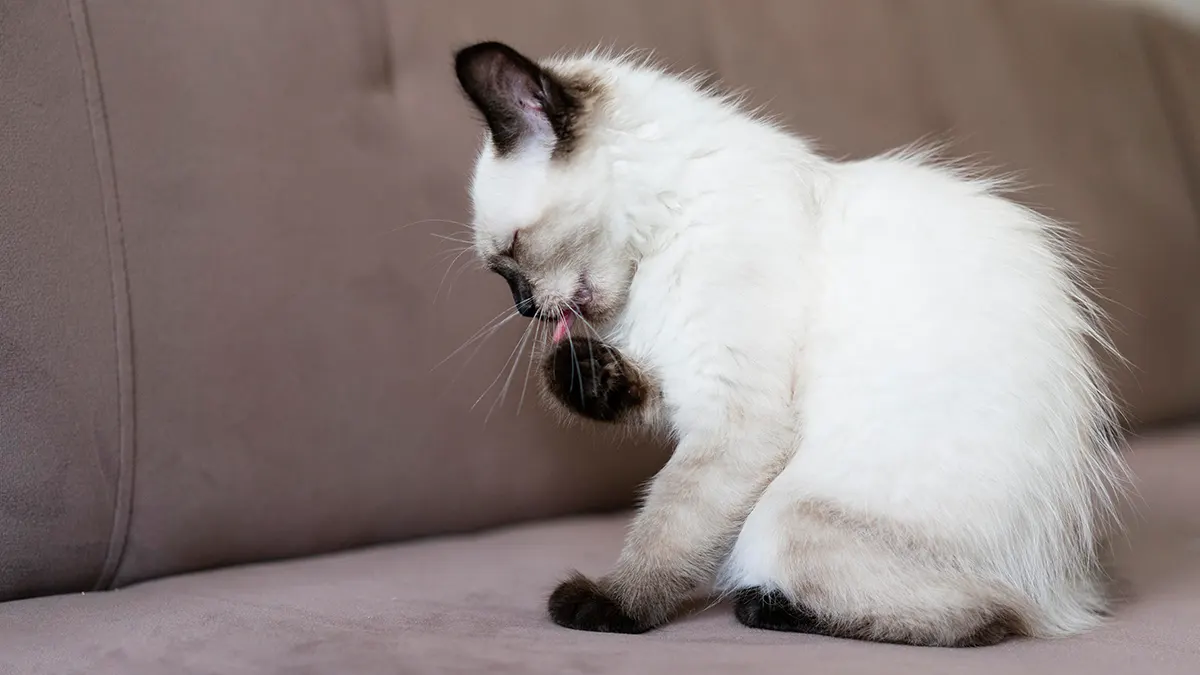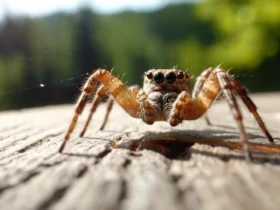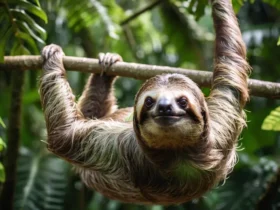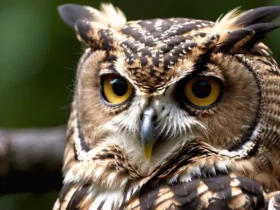What do crows like to eat ? Crows are remarkable creatures, known for their intelligence, adaptability, and complex social structures. As omnivores, they have a varied diet that includes both animal and plant-based foods. Understanding what crows like to eat not only highlights their ecological role but also offers insights into their behavior and adaptability. In this detailed article, we will explore the diverse foods that crows prefer, their foraging behaviors, and tips for attracting these fascinating birds to your garden.
Table of Contents
1. The Omnivorous Diet of Crows
Crows are opportunistic feeders, meaning they will eat whatever is readily available in their environment. This flexibility allows them to thrive in various habitats, from forests and fields to urban areas. Their diet can change with the seasons, reflecting the availability of food sources.
a. Seasonal Variations in Diet
- Spring and Summer: During these seasons, crows tend to focus on insects and small animals, which provide essential proteins for raising their young. The abundance of fruits and seeds also contributes significantly to their diet.
- Fall and Winter: As temperatures drop, crows rely more on nuts, seeds, and cached food to sustain themselves. They will often scavenge for leftovers from human activities, especially in urban areas.
2. Animal-Based Foods: What Crows Prefer
Crows have a strong preference for animal matter, which constitutes a significant portion of their diet, especially in warmer months. Here are some of their favorite animal-based foods:
a. Insects and Invertebrates
Insects are a crucial part of a crow’s diet, particularly during spring and summer when they are plentiful. Crows enjoy various insects, including:
- Grasshoppers: Easy to catch and high in protein, grasshoppers are a favorite among crows during the warmer months.
- Beetles: Crows forage for beetles in gardens and fields, relishing their crunchy texture.
- Caterpillars: During the breeding season, crows feed on caterpillars, which are nutritious for their chicks.
b. Small Mammals
While not their primary food source, crows will hunt small mammals when the opportunity arises. Their preferences include:
- Rodents: Mice, voles, and other small rodents are often targeted by crows, especially in rural areas where they are abundant.
- Rabbits: Young rabbits can occasionally fall prey to crows, particularly in gardens or open fields.
c. Bird Eggs and Nestlings
Crows are known to raid the nests of smaller birds to consume eggs and nestlings. This behavior is driven by their need for protein-rich food, especially during the breeding season.
d. Carrion
Crows are scavengers and often feed on dead animals. They play a vital ecological role by consuming carrion, which helps clean up the environment. Common sources of carrion include:
- Roadkill: Crows are frequently seen feeding on animals that have been killed on the roads.
- Remains of Predators: Crows will scavenge from the remains left by larger predators, such as foxes or hawks.
3. Plant-Based Foods: What Crows Enjoy
In addition to animal matter, crows also have a strong affinity for plant-based foods. Their favorite plant sources include:
a. Fruits
Fruits are a vital part of a crow’s diet, especially during the growing season. Some of their preferred fruits include:
- Berries: Crows enjoy a variety of berries, including blueberries, raspberries, and blackberries, which provide essential vitamins and sugars.
- Apples: Crows are attracted to apples, often raiding orchards or gardens to indulge in this sweet treat.
- Cherries and Grapes: These fruits are also favorites among crows, particularly when they are overripe and easier to access.
b. Seeds and Nuts
Seeds and nuts are critical components of a crow’s diet, especially during the winter months. Their preferences include:
- Acorns: Crows are particularly fond of acorns, which are high in fat and protein. They will often cache acorns for later consumption.
- Sunflower Seeds: Crows enjoy sunflower seeds and often forage in gardens or fields where they are planted.
- Walnuts and Pecans: These nuts are also favored by crows, and they exhibit remarkable skills in cracking open tough shells to access the nutritious insides.
4. Feeding Behavior of Crows
Crows exhibit various feeding behaviors that contribute to their success as omnivores:
a. Foraging in Groups
Crows are highly social birds and often forage in groups. This behavior allows them to locate food sources more efficiently, as they can share information and help each other find food. They communicate through a variety of calls, alerting one another to the presence of food.
b. Scavenging
In urban environments, crows are adept at scavenging for food. They are often seen rummaging through trash cans, dumpsters, and outdoor dining areas for leftover scraps. This adaptability has made them successful in urban landscapes, where food may be more accessible.
c. Caching Food
Crows engage in a behavior known as caching, where they hide food items to consume later. This is particularly common with nuts and seeds. By storing food, crows ensure they have a reliable source of nutrition during the winter months when food is scarce.
5. Attracting Crows to Your Backyard
If you’re interested in attracting crows to your yard, consider providing a variety of food sources. Here are some tips to entice these intelligent birds:
- Peanuts: Unsalted peanuts are a favorite among crows and provide essential protein. You can scatter them on the ground or place them in bird feeders.
- Corn: Dried corn or corn on the cob can draw crows into your yard. They enjoy pecking at the kernels, making it an engaging feeding option.
- Fruits: Leftover fruits, such as apples or berries, can attract crows looking for a sweet treat. You can place these fruits on the ground or in a shallow dish.
- Bird Feed: Consider using bird feeders filled with sunflower seeds or a mix of seeds to attract crows. Ensure the feeder is large enough to accommodate their size.
6. Conclusion
Understanding what crows like to eat provides valuable insight into their behavior and ecological role. As adaptable omnivores, crows thrive on a diverse diet that includes insects, small mammals, fruits, seeds, and carrion. Their scavenging behavior not only allows them to survive in various environments but also helps maintain ecological balance by cleaning up waste.
By offering a variety of food sources in your garden, you can attract these intelligent birds and observe their fascinating feeding habits. Whether foraging for insects, enjoying fruits, or scavenging for scraps, crows play an essential role in the ecosystem, making them one of the most intriguing bird species to study and appreciate. So the next time you see a crow, take a moment to consider what they might be eating and how their dietary preferences contribute to the world around us.








